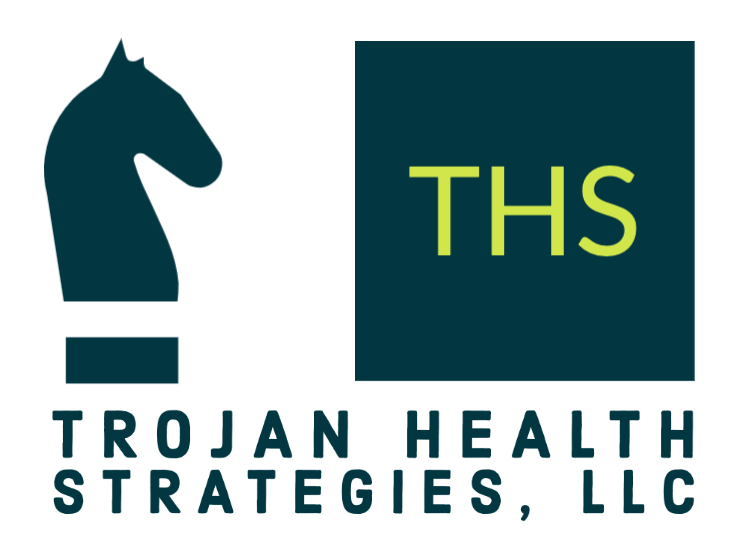When to have a vision vs a purpose
Do you have a vision or purpose for your organization or team? I know, I know, this is probably not your top priority today, but is something you may want to think about documenting.
I am a stickler for precision when it comes to words. One of my pet peeves is when I see people mix purpose, vision and mission. In the grand scheme of things, articulating some aspect of either of these three concepts ensures that an organization’s path is intentional. This is a wonderful place to start to operationalize the importance of accelerating health equity. However, each of these concepts crystallizes your intent and serves as an opportunity to connect with your stakeholders. They say that change starts as the top, so you are going to want to select the right strategic components so that you can drive the impact you ultimately desire.
The Vision Statement: the what
I think vision statements are most impactful when they describe the ultimate change that the organization would like to see as a result of realizing it’s the mission. The best vision statements are short and sweet, void of jargon, and are big and bold. I love the magnanimity of a properly constructed vision statement because it is aspirational enough for people to know if they want to hop on this train, or not. I think Amazon does this well:
"Amazon strives to be Earth’s most customer-centric company, Earth’s best employer, and Earth’s safest place to work."
MD Anderson also has a memorable vision:
"We shall be the premier cancer center in the world, based on the excellence of our people, our research-driven patient care and our science. We are Making Cancer History. "
Honestly, I get still get chills every time I read MD Anderson's vision. Don’t you?
You can see they are BIG and BOLD. There isn’t a lot of text and the verbiage is very inspiring.
The Mission - the how
The mission gets into how this vision is realized. Sometimes companies will omit the vision and focus on the mission, but I think you need both--what you are working toward, and how you will achieve it. Taking from military language, the mission outlines those activities that the company will prioritize to achieve the vision.
Look at the distinction between the visions and mission of MD Anderson,
"The mission of The University of Texas MD Anderson Cancer Center is to eliminate cancer in Texas, the nation, and the world through outstanding programs that integrate patient care, research and prevention, and through education for undergraduate and graduate students, trainees, professionals, employees and the public."
MD Anderson Mission
Amazon speaks about its mission in terms of four distinct principles: customer obsession, passion for invention, commitment to operational excellence and long-term thinking. This is necessary because of the diversity of Amazon's overall portfolio. It goes on to list 16 leadership principles which highlight what is important in the Amazon way of working.
The Purpose - the why
A recent trend has been to include a purpose, as a way to connect more deeply with customers and employees. Sometimes this is confounded with the vision or the mission, but the question is important to answer. This is where you can articulate why the future state that you are working toward is important. Note: This is not necessarily a challenge to the model Simon Sinek made famous. If you recall, he challenged approaching the market being inwardly focused. I am advocating understanding why the change you want to make is important. It is aligned, but slightly different. I often hear people speak about 'purpose-driven' companies, and I really wonder who isn't purpose driven? Research suggests that a purpose driven company is more profitable, because it serves as a way to deepen the connection between the company, employees and customers.
I think the use of each of these components of a strategic platform depends on the company's complexity and the clarity of it impact. What is important is if the components are aspirational enough to keep your employees engaged and inspirational enough to keep your customers loyal.

